Pursuing higher education has always been an expensive activity. Students in the 1910s and 1920s faced monetary shortfalls just as today’s students do. However, there was no scholarship office, no grants available to help a student in financial straits. According to the Denton Record Chronicle, the North Texas Normal Student Aid Fund was organized by the senior class of 1914 and Professor E. D. Criddle. By 1916, a faculty committee, composed of Criddle, W. E. James, and Edith Clark, provided oversight in making loans to needy students.
The loans to students varied from $15.00 to $150.00 (the highest amount a student could receive in any one year). To place these amounts in perspective, the entrance fee was about $15.00 during the 1910s. The textbooks were furnished by the school, which if returned in good condition, could entitle the student to a $2.00 refund. Room and board could be $16.00 to $20.00 per month. The loans were made without interest, but students repaying the loans often added a contribution that was equivalent to interest.
The students’ contribution was raising money for the fund. They held a “circus” every year to provide entertainment to students and the wider Denton community. The circus was a collection of public performances that were presented outside. The circus began with a parade that moved down Hickory Street, around the square, and back on Oak Street. The participants in the parade varied by year, but usually included clowns, cars filled with students representing their clubs, displays of circus “animals” (students wearing costumes), and the Normal Band. In some years the circus was held in the college’s athletic park. This was an area from Avenue C to Welch, along Highland Street, that held tennis courts, an archery range, and other areas set aside to provide fresh air and physical activities for the students. The displays could include a wild west show that included exhibition horse riding, a concert by the Normal Band, singers, poetry reading, tableau presentations, skits, and rope walkers. Football and basketball games were also played.
No major campus event would be complete without a queen. Each class nominated a candidate. The winner was the one whose backers bought the most tickets. The queen and her court, after doing their part to raise money for their fellow students, were presented to the public while riding in their own car in the parade. The queen was also frequently honored by having her image displayed in the college yearbook.
When Professor Criddle died in 1925, the school yearbook noted that 500 students had benefited from the Student Loan Fund. From the mid-1920s on other organizations on campus organized and sponsored additional loan funds. Some of these were targeted at the organization’s members, others were for specific majors. By 1939, Dixie Boyd, the college’s business manager was in charge of the distribution of loans from the various student loan funds.
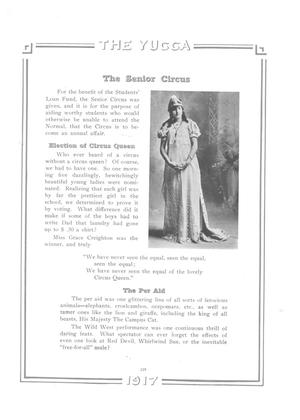
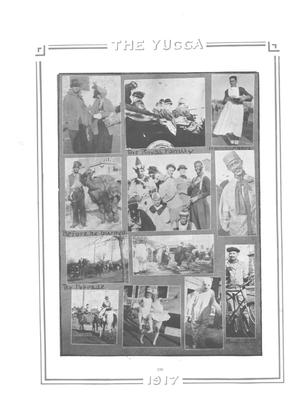
Images of the circus and its “animals.”
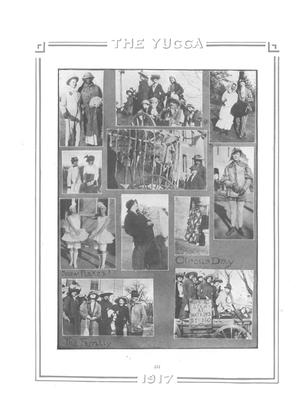
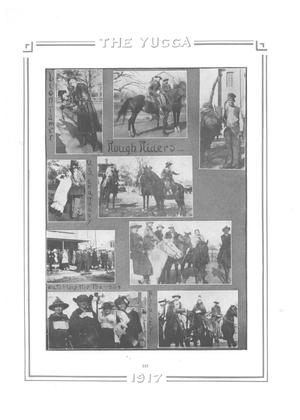
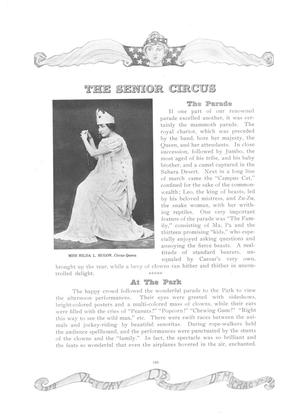
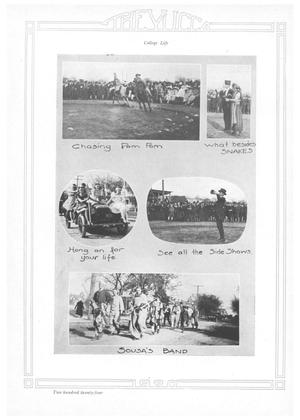
The “circus” in action in 1920.
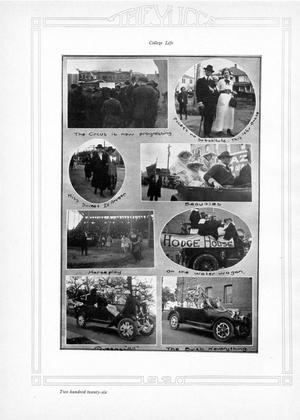
Views of the Circus Queen and her court and the parade, 1920.


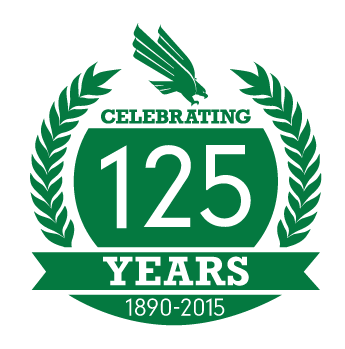

Leave a Reply